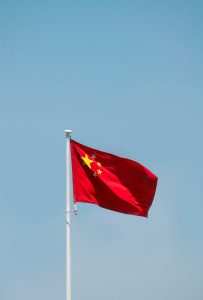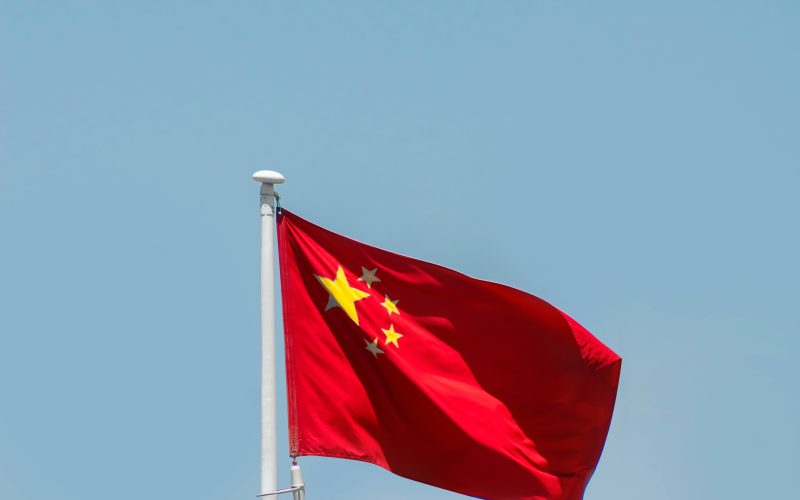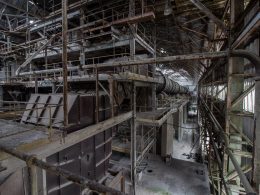The South China Sea has long been a hotspot of geopolitical tension, involving multiple nations staking territorial claims. Among these nations, the Philippines and China have frequently clashed over maritime boundaries and sovereignty issues. In a recent development, the Philippines has covertly reinforced a grounded naval vessel, the BRP Sierra Madre, stationed at the Ayungin Shoal (Second Thomas Shoal). This move has significant implications for regional security and international maritime law. This article delves into the background, implications, and future outlook of this development.
Historical Context

The South China Sea is a strategically crucial waterway, rich in resources and vital for international shipping. Multiple countries, including China, the Philippines, Vietnam, Malaysia, Brunei, and Taiwan, have overlapping claims in this region. The BRP Sierra Madre, a World War II-era ship deliberately grounded by the Philippines in 1999 on the Ayungin Shoal, has served as a symbol of Manila’s claim and as a makeshift military outpost.
Strategic Importance of the BRP Sierra Madre
The Ayungin Shoal is part of the Spratly Islands, which are contested by several nations due to their strategic and economic value. The BRP Sierra Madre’s position allows the Philippines to maintain a physical presence in the disputed waters, acting as a deterrent against other claimants, particularly China. The ship’s reinforcement indicates Manila’s resolve to uphold its territorial claims despite Beijing’s assertive actions.
The Philippines’ Covert Reinforcement
Recent reports have revealed that the Philippines has secretly reinforced the BRP Sierra Madre. This covert operation likely involved structural repairs and the bolstering of defensive capabilities. Such actions are essential to ensure the ship remains habitable and functional for the small detachment of marines stationed aboard. The reinforcement underscores the Philippines’ strategic maneuvering to assert its claims without overtly provoking China.
China’s Reaction
China’s reaction to the reinforcement of the BRP Sierra Madre has been predictably critical. Beijing maintains that the Ayungin Shoal is part of its territory, as outlined by the nine-dash line, a demarcation that encompasses a significant portion of the South China Sea. China has consistently opposed any Philippine activities in the area, viewing them as infringements on its sovereignty. The reinforcement of the Sierra Madre is likely to escalate tensions further, prompting diplomatic protests and possibly more aggressive maritime actions by China.
Regional and Global Implications
The reinforcement of the BRP Sierra Madre has broader implications beyond the immediate Philippines-China dynamic. It signals to other Southeast Asian nations that the Philippines is willing to take tangible steps to defend its claims. This move could inspire similar actions from other claimants, potentially leading to an increase in military presence and infrastructure development in contested areas. Additionally, the international community, particularly the United States and its allies, may view the Philippines’ actions as a justified response to Chinese expansionism, potentially leading to increased support for Manila.
Legal Perspectives
From a legal standpoint, the Philippines’ actions can be seen through the lens of the United Nations Convention on the Law of the Sea (UNCLOS). In 2016, an arbitral tribunal under UNCLOS ruled in favor of the Philippines, stating that China’s nine-dash line has no legal basis. The tribunal also affirmed that the Ayungin Shoal is within the Philippines’ exclusive economic zone. The reinforcement of the BRP Sierra Madre can thus be interpreted as an exercise of Manila’s sovereign rights, although China has rejected the tribunal’s ruling.
Future Outlook
The reinforcement of the BRP Sierra Madre is likely to be a precursor to further actions by the Philippines to solidify its presence in the South China Sea. Future scenarios could involve more substantial military deployments, infrastructure enhancements, and increased patrols. Conversely, China may intensify its activities in the region, potentially leading to confrontations. Diplomatic efforts will be crucial to managing these tensions and preventing an escalation into open conflict.
Comparative Analysis
The following tables provide a comparative and analytical overview of the reinforcement of the BRP Sierra Madre.
Analysis Table: Key Actions and Implications
| Action | Description | Implications |
|---|---|---|
| Reinforcement of BRP Sierra Madre | Structural and defensive upgrades to the grounded ship | Enhances Philippines’ territorial claim, improves habitability for stationed marines |
| China’s Reaction | Diplomatic protests, potential maritime aggression | Escalates tensions, reinforces China’s assertive stance |
| Regional Reactions | Possible similar actions by other Southeast Asian nations | Increased militarization of the South China Sea, higher risk of conflict |
| International Support | Potential backing from the United States and allies | Strengthens Philippines’ position, could lead to greater geopolitical rivalry |
Comparative Table: Philippines vs. China – South China Sea Strategies
| Aspect | Philippines | China |
|---|---|---|
| Territorial Claims | Based on UNCLOS ruling, exclusive economic zone | Based on historical claims, nine-dash line |
| Military Presence | BRP Sierra Madre, limited naval and aerial patrols | Significant naval and aerial capabilities, artificial islands with military bases |
| Diplomatic Approach | Seeks support from international community, adheres to UNCLOS | Rejects UNCLOS ruling, uses bilateral negotiations and coercive diplomacy |
| Reinforcement Actions | Covert reinforcement of outposts like BRP Sierra Madre | Continuous fortification of artificial islands and increased military drills |
| Support from Allies | Strong ties with the United States, seeks ASEAN solidarity | Strategic partnerships with Russia, Pakistan, and influence in ASEAN |
Conclusion
The covert reinforcement of the BRP Sierra Madre by the Philippines is a significant development in the ongoing South China Sea dispute. It reflects Manila’s determination to assert its territorial claims and uphold international maritime law. While this move may exacerbate tensions with China, it also highlights the complexities of regional geopolitics and the importance of international support. The future of the South China Sea will likely see continued strategic maneuvering, necessitating careful diplomacy to avoid conflict and ensure stability in this critical region.












